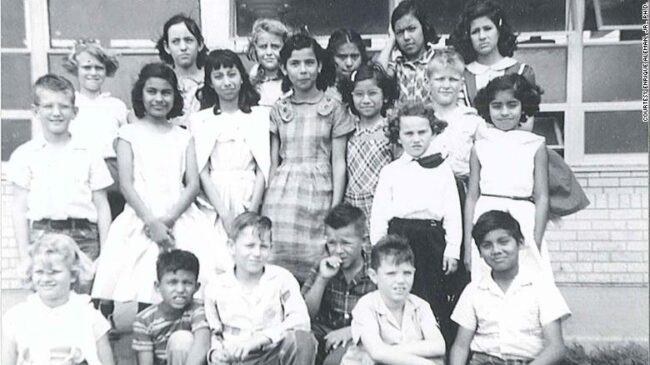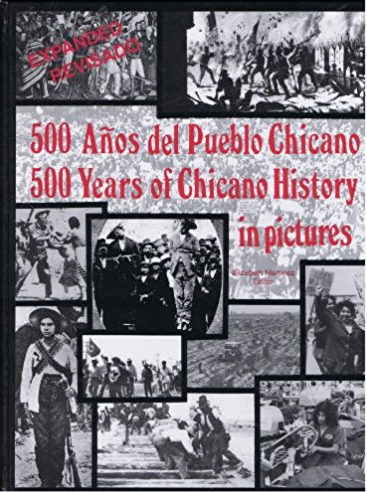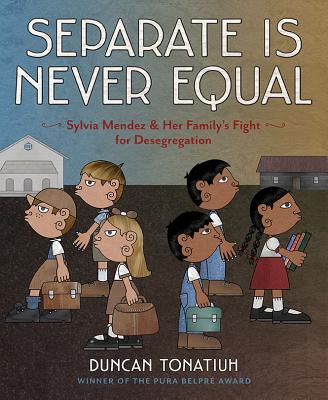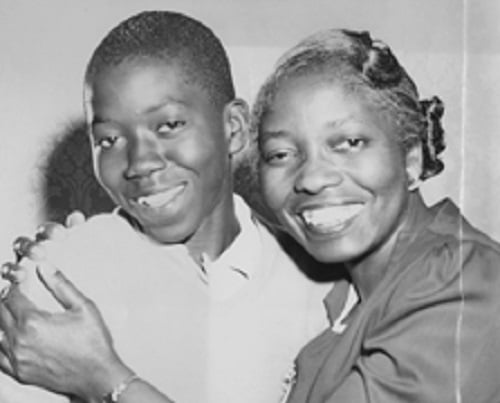On Oct. 30, 1956, in Hernandez v. Driscoll CISD, the U.S. District Court for the Southern District of Texas Corpus Christi Division found a South Texas school district guilty of discriminating against Mexican-American students. This was one of the first cases that directly applied the ruling made in Brown v. Board of Education to Mexican-American students.

Many Mexican-American students, like Lupe Alemán (top row and second from right) were unfairly forced to repeat grades. 1957. Source: CNN
Schools in the Driscoll School District were systematically categorizing students into different levels of first grade based on their last names. Students with Spanish last names were placed into “Beginners” or “Low 1st,” while students with non-Spanish last names were placed into “High 1st.” Read more from the court judgment below:
That the defendant Driscoll Consolidated Independent School District’s separate grouping of plaintiffs and other students of Mexican extraction, being directed at them as a class and not based on individual capacities, is arbitrary, unreasonable and unlawful; that grouping, if any, whether in the beginning or subsequent years, must not be based upon racial extraction but upon individual ability to speak, understand and be instructed in the English language; that individual capacities and abilities in this respect must be determined in good faith by individual tests.
“The case was really about racial oppression, the maintaining of a racial hierarchy,” said Dr. Enrique Alemán Jr., professor of Educational Leadership & Policy at the University of Utah.
Learn more in the documentary film Stolen Education, directed by Rudy Luna.
Read about similar cases in Steven H. Wilson’s “Brown over ‘Other White’: Mexican Americans’ Legal Arguments and Litigation Strategy in School Desegregation Lawsuits.”
This entry was prepared by Emma Haseley.












Twitter
Google plus
LinkedIn